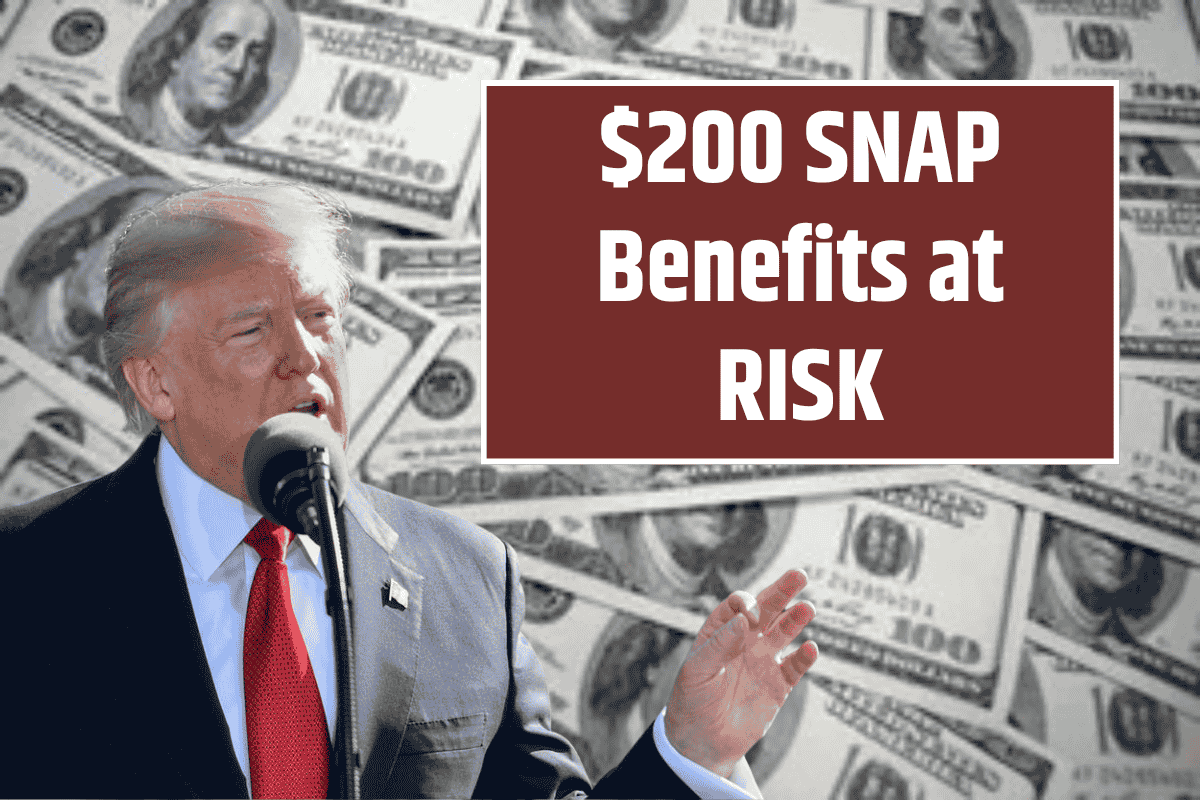A new tax and spending bill passed by House Republicans in the United States could result in 3.2 million people losing food assistance benefits and cost state governments around $14 billion every year, according to a report from the Congressional Budget Office (CBO).
Let’s understand what this means for citizens, especially those who rely on government help for basic needs like food.
What Is This New Bill About?
The U.S. House of Representatives recently passed a bill (by just one vote, 215-214) that aims to cut costs and increase tax benefits for the wealthy. However, this could harm low-income families and individuals who depend on food aid through a program called SNAP (Supplemental Nutrition Assistance Program).
This bill includes changes like:
- Making it harder to qualify for SNAP by tightening work requirements
- Asking states to start sharing the cost of the program, something the federal government currently pays fully
Who Will Be Affected?
According to the CBO report:
- 3.2 million people could lose access to SNAP benefits every month.
- 1.4 million people would lose benefits because their state waivers for work requirements would no longer be allowed.
- 800,000 people who are parents of children aged 7 or older would also be affected.
These changes mainly target people who are not working or are not meeting the new work requirement rules.
States Will Also Feel the Pressure
Right now, the federal government pays 100% of SNAP benefits. But under this new bill:
- Starting in 2028, states would have to pay between 5% and 25% of the costs.
- States that have higher “error rates” in SNAP payments would have to pay more.
- Over six years (2028 to 2034), states would collectively pay nearly $100 billion, or about $14 billion each year.
The CBO warned that some states may not be able to afford this and might either reduce benefits, limit eligibility, or even leave the program completely.
What Do Republicans Say?
Supporters of the bill, mostly Republicans, argue that the changes are fair and necessary:
- They believe only people who are able to work and don’t want to work would lose benefits.
- They also say the 5% cost-share is manageable, and no state would actually leave the program.
Ben Nichols, a spokesman for the House Agriculture Committee, said the goal is to make the program more efficient and ensure it helps the right people.
Democrats Strongly Oppose the Bill
Democrats say the bill hurts poor families just to fund tax breaks for the wealthy. They also fear that it could leave children hungry.
Congresswoman Angie Craig said, “It is infuriating that Republicans are willing to make our children go hungry just to help the rich.” Senator Amy Klobuchar added that the move would only add more pressure on families already dealing with high food prices and inflation.
What’s Next?
The bill is now going to the Senate, where more debate is expected. Republicans want to pass it using a method called budget reconciliation, which allows them to skip the usual 60-vote rule in the Senate.
Senate Republicans are also planning their own changes to SNAP, but details are not yet public. Democrats have promised to fight against any cuts to food aid programs.
This bill, if passed in full, could deeply affect millions of low-income Americans and place a heavy financial burden on state governments. The plan may look like a cost-saving measure, but it risks pushing vulnerable families into deeper hardship. With debates still ongoing in the Senate, the final outcome remains uncertain. Citizens are encouraged to stay informed and watch for updates from trusted government sources.
FAQs
How many people could lose food assistance under the new bill?
According to the Congressional Budget Office (CBO), around 3.2 million people could lose SNAP benefits due to new work requirements and state cost-sharing rules.
What changes are being made to the SNAP program?
The bill includes stricter work rules and requires states to pay between 5% and 25% of SNAP benefits, starting in 2028.
Why are Democrats opposing the bill?
Democrats argue that the bill hurts low-income families and children while providing tax breaks to wealthy individuals.
Will the bill affect every state the same way?
No, states with higher SNAP error rates will pay more. Some may reduce benefits or exit the program due to cost pressures.
Is the bill final and approved by the government?
No, the bill has passed the House but still needs approval from the Senate, where it may face changes or opposition.
